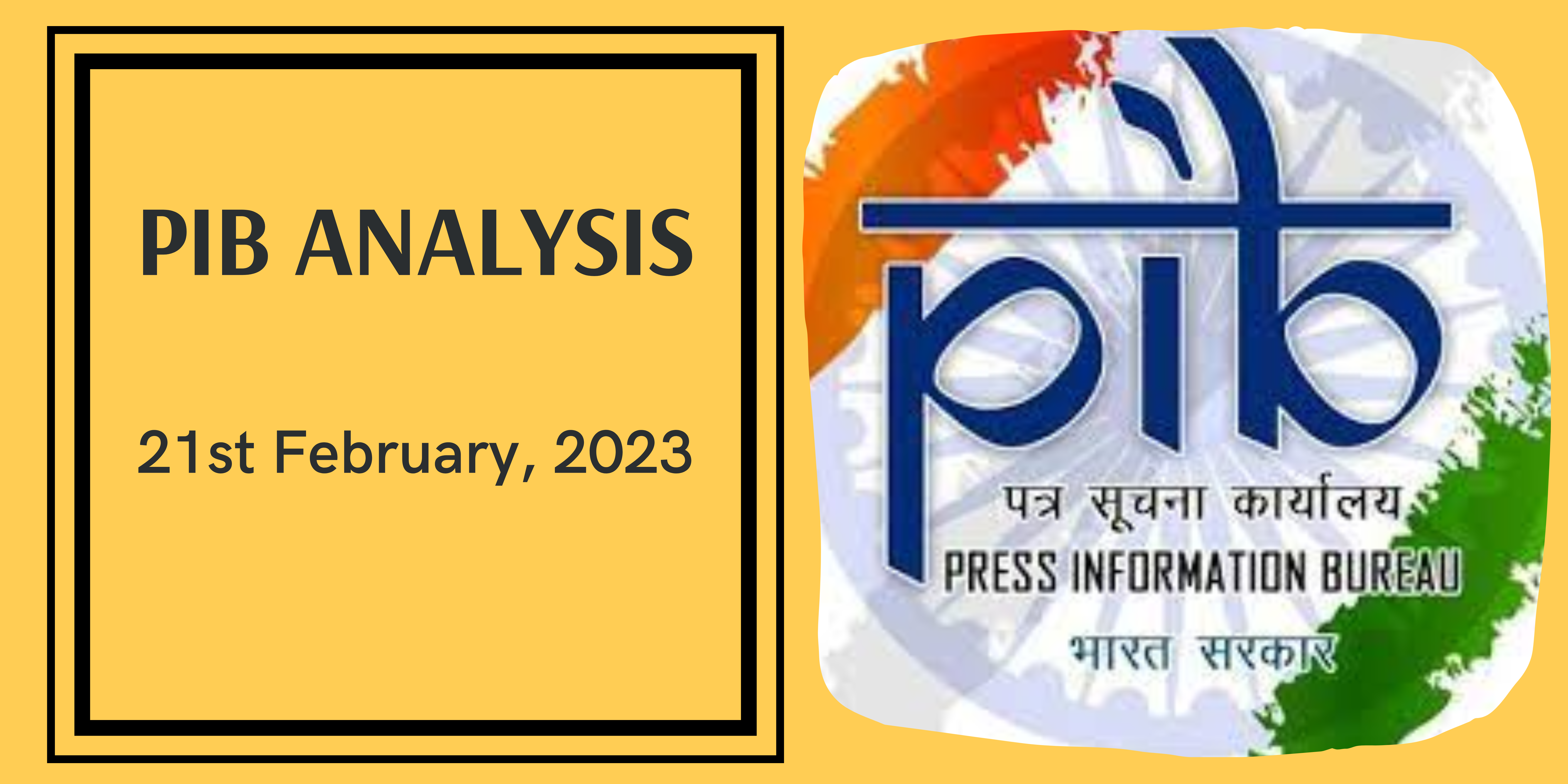India’s jobs crisis, the macroeconomic reasons
Context:
India grapples with a pressing jobs crisis, evident in both official data and ground-level reports. The editorial- “India’s jobs crisis, the macroeconomic reasons” of The Hindu, dives deeper into the macroeconomic factors contributing to this crisis, focusing on the subdued demand for labor and the intricate dynamics between economic growth, productivity, and employment.
Relevance:
GS – 3 (Employment, Growth & Development, Poverty, Skill Development, Human Resource)
Prelims:
National Statistical Office, Periodic Labour Survey, Employment in different Sectors, Types of Unemployment
Dimensions of the Article:
- The Landscape of Employment
- Labor Demand in the Formal Sector
- Jobless Growth with Indian Characteristics
- Macroeconomic Policy Framework
- How can Unemployment be Addressed?
The Landscape of Employment:
- Diverse Forms of Employment: In dissecting India’s employment scenario, it’s important to distinguish between wage employment and self-employment.
- Wage employment emerges from the pursuit of profits by employers, while self-employment involves a worker being their own employer.
- The term “jobs” typically signifies relatively well-paid, regular wage or salaried positions. A critical aspect of the jobs problem lies in the inadequacy of labor demand, particularly for regular wage work.
- Historical Context of Informal Employment: India’s economic landscape historically features open unemployment and substantial informal employment, including self-employed and casual wage workers. This informal sector often parallels open unemployment, indicating a scarcity of formal sector opportunities. Stagnant employment growth rates among salaried workers in the non-agricultural sector over four decades underscore these challenges.
Labor Demand in the Formal Sector:
- Two Factors Influencing Labor Demand: The formal non-agricultural sector’s labor demand hinges on two distinct factors.
- Firstly, firms hire workers based on the output they can sell, directly impacting labor demand.
- Secondly, the level of technology determines the workforce needed to produce one unit of output. Labor-saving technologies, while efficient, reduce the number of workers required.
- The Jobless Growth: The employment growth rate intricately intertwines with output growth and labor productivity growth rates. While higher output growth can boost employment, rising labor productivity counteracts this effect. India’s experience during the 2000s reveals jobless growth, where increased GDP and value-added growth failed to stimulate employment growth. This phenomenon suggests a pronounced link between labor productivity and output growth.
Jobless Growth with Indian Characteristics:
- The Productivity and Bargaining Power Nexus: Economies generally witness increased productivity as they grow, driven by economies of scale. However, the adoption of labor-saving technologies depends on labor’s bargaining power. India showcases a distinct form of jobless growth where labor productivity growth highly responds to output growth, presenting a unique challenge not observed in other developing countries.
- The Kaldor-Verdoorn Coefficient: The Kaldor-Verdoorn coefficient, reflecting the extent of labor productivity’s response to output growth, unveils India’s unique jobless growth regime. Comparative analysis highlights India’s higher-than-average coefficient in the non-agricultural sector, setting it apart from its developing counterparts.
Macroeconomic Policy Framework:
- Keynesian Legacy and Aggregate Demand: Traditional macroeconomic approaches emphasized aggregate demand as the key determinant of employment. Fiscal policies aimed at stimulating output were deemed effective in increasing labor demand. However, India’s dual economy structure prompts a reconsideration of this framework.
- The Need for Separate Employment Focus: Contrary to the presumption that heightened GDP growth suffices for increased employment, evidence suggests a dedicated focus on employment policies is imperative. Policymakers must address both demand and supply sides, enhancing the workforce’s quality through improved education and healthcare, and simultaneously creating avenues for public job opportunities.
- Financing Employment Policies: Successfully implementing employment-focused policies necessitates a reorientation of the current macroeconomic framework. This includes enhancing the direct tax to GDP ratio by reducing exemptions, improving compliance, and deploying creative macro-policy measures to support a constructive employment agenda.
How can Unemployment be Addressed?
- Empowering Agricultural Workforce: Enhancing Skills for Sustainable Farming
- Prioritizing upskilling initiatives for agricultural labor
- Offering diversified knowledge for potential career transitions
- Boosting Labor-Intensive Industries: Tailored Packages for Employment Generation
- Identifying sectors like food processing, leather, and textiles
- Designing industry-specific packages to create job opportunities
- Decentralization for Equitable Opportunities:
- Mitigating rural-to-urban migration pressures
- Focusing on regional development to ensure widespread employment
- Government-Driven Employment Initiatives:
- SMILE: Support for Marginalized Individuals for Livelihood and Enterprise
- PM-DAKSH: Pradhan Mantri Dakshta Aur Kushalta Sampann Hitgrahi
- MGNREGA: Mahatma Gandhi National Rural Employment Guarantee Act
- PMKVY: Pradhan Mantri Kaushal Vikas Yojana
- Start Up India Scheme
Way Forward:
- Policymakers must acknowledge the distinct challenges posed by the country’s jobless growth regime, emphasizing both demand and supply-side interventions. Bridging the skills gap, bolstering education and healthcare, and strategically creating public job opportunities are essential components of a comprehensive solution.
- To finance these initiatives without compromising debt-stability, a radical shift in the macroeconomic framework, including tax reforms and imaginative policy use, becomes imperative.




